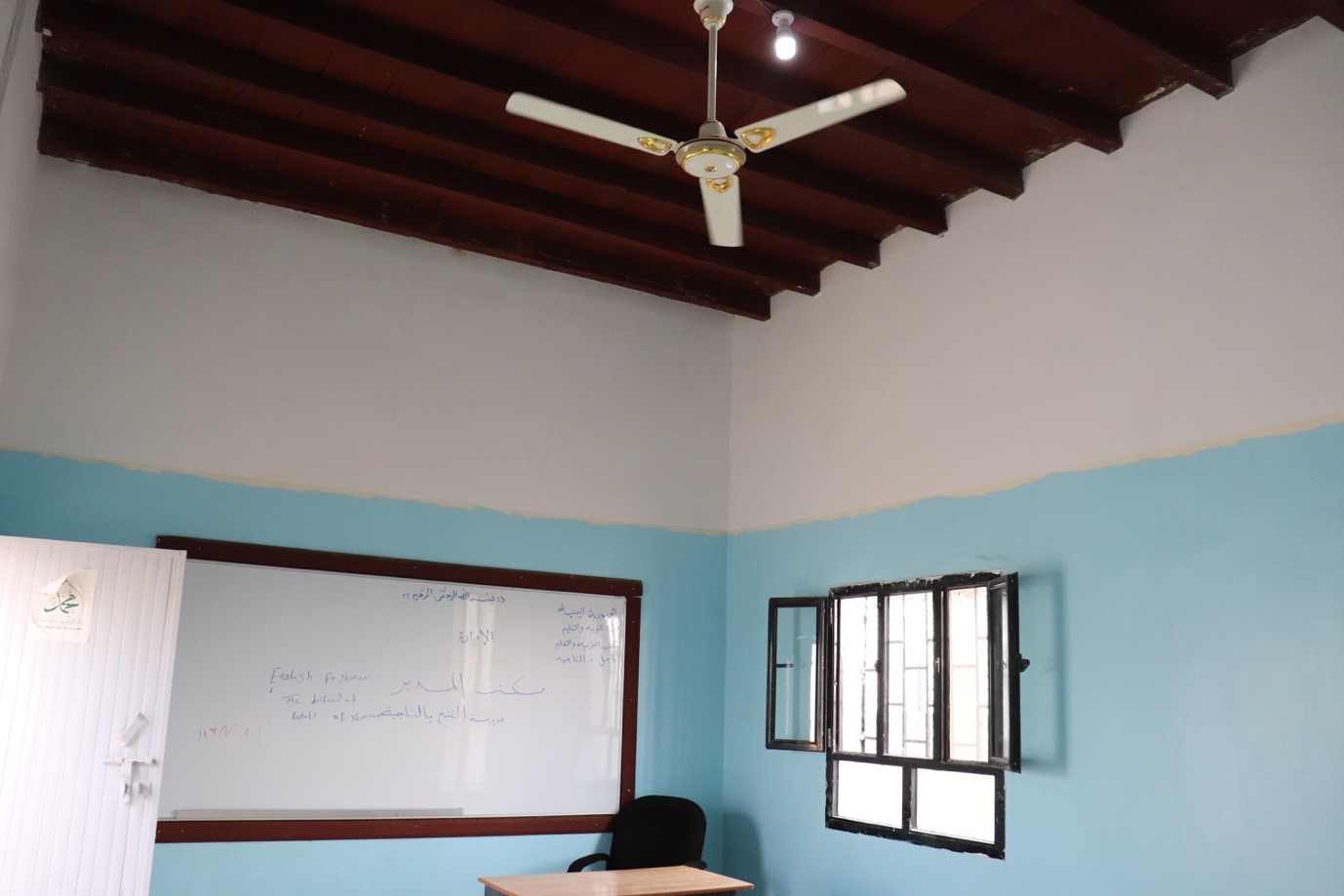The Yemeni conflict is in its fifth year and is having a disastrous impact on the lives of millions of children. Many are either not safe or do not feel safe, and with 2 million out of school in Yemen, their futures often do not look bright.
Al-Fateh School in Bajil district of Hodeidah governorate is made up of 11 classes and was opened in 1970 to local children as well as those from neighbouring villages. In the beginning, the school was staffed with two foreign teachers who taught students through their primary years, from first to sixth grade. Many students of Al-Fateh loved it so much that they became teachers and taught at their old school for years.
Life for the people in Bajil was normal until the escalation of the conflict in 2015, which led to the widespread disruption of salaries, deterioration of school buildings and a high student drop-out rate.
“The school building was woefully run-down, and water and sanitation facilities were inadequate,” says Abdulaziz Ali, the school manager. “The damage to the school building was so bad that it lacked even a proper shelter, forcing many female students to drop out to instead help their families fetch water, and male students to take the animals for grazing.”
He says that teachers were saddened by the lack of salaries and the progressive deterioration of the school building they loved.
“Teachers were directly responsible for students’ safety, and parents prevented their children from going to school. Financial constraints led to the closure of some classes, which limited access to learning support services and learning opportunities in the area.”



